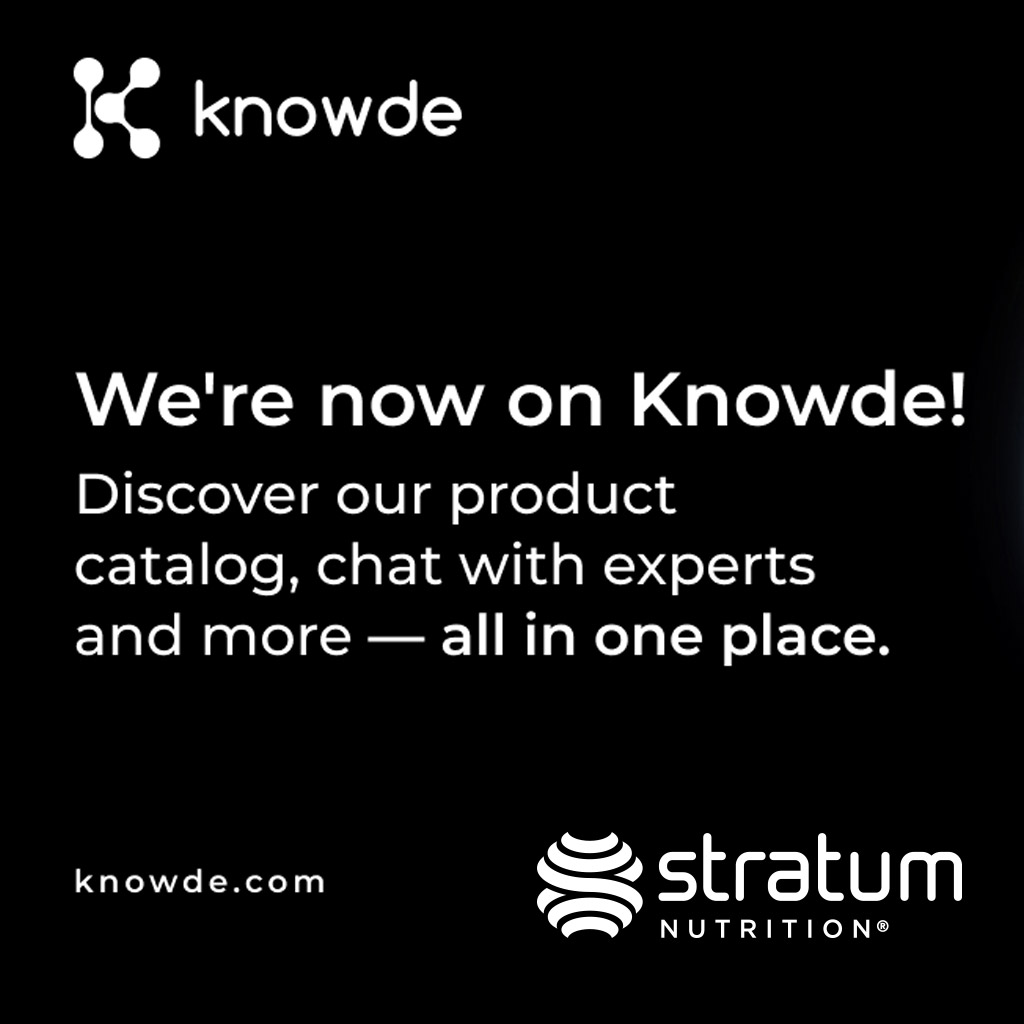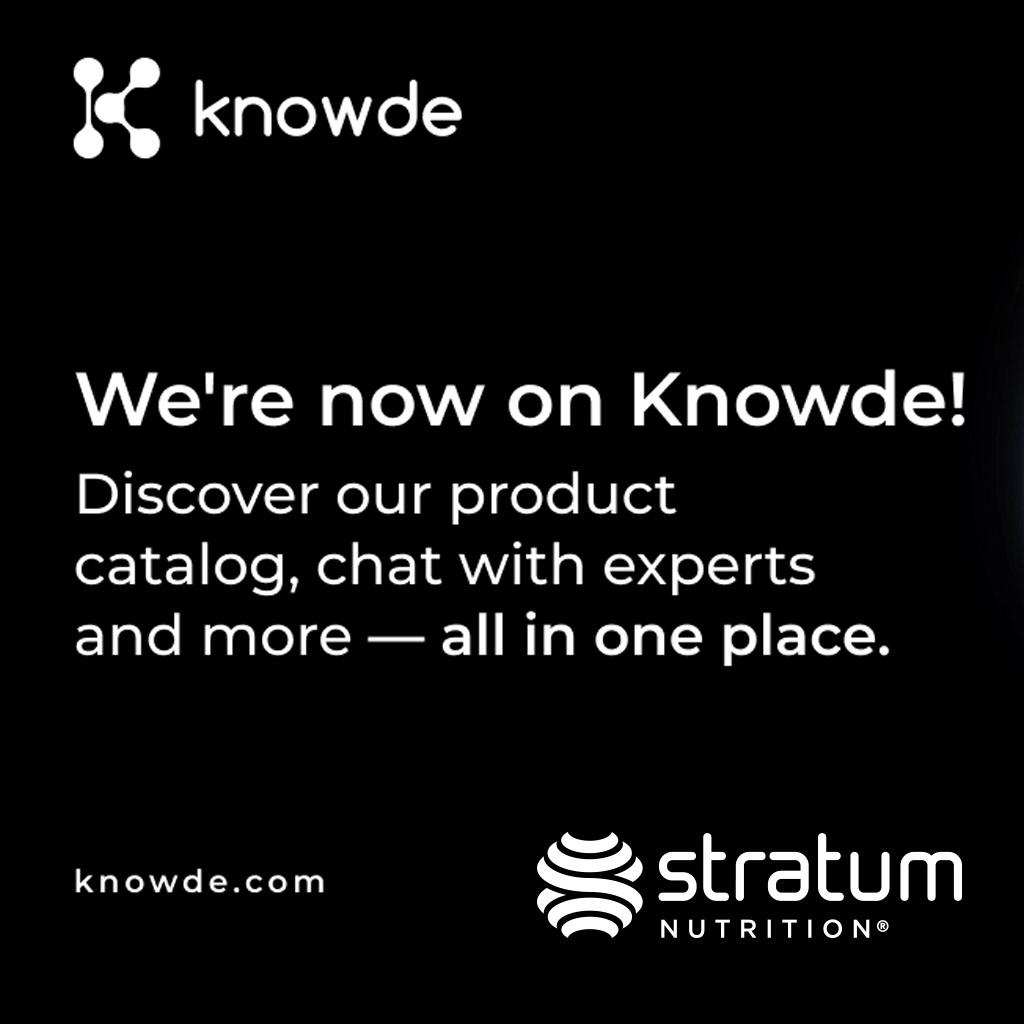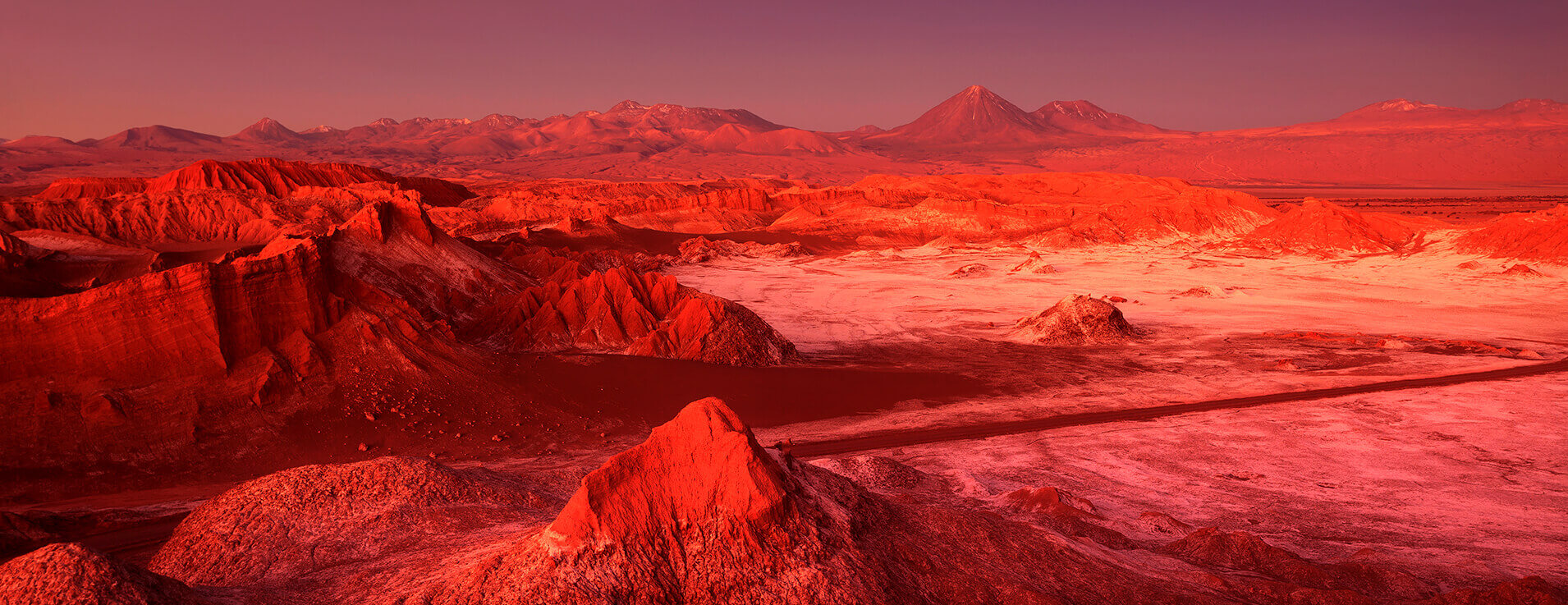Astaxanthin: From Lobster to Supplement Label
Sep 10 2019
| Ingredient News
| Jackie Rizo
How has a compound originally isolated from a lobster in the 1930s come so far? Astaxanthin, part of the carotenoid class of antioxidants, originally discovered as the compound that gives lobster its unique red color, is now used in aquaculture, food, cosmetics, and nutraceuticals. Sometimes referred to as the “king carotenoid”, astaxanthin stands out above other antioxidants, not only due to its deep red color, but also because its antioxidant power is a step above the rest.
Antioxidants, such as beta-carotene and vitamin C, are vital to our health as they help control free radical damage to our cells. Our body is constantly under assault by free radicals, whether they come from our diet, chemical exposure, or sun exposure. When our levels of antioxidants are lower than the levels of free radicals in our body, we are in a state of “oxidative stress”. Not ideal, as this means the insides and outsides of our cells are being damaged when we are in this predicament. Some antioxidants do a great job protecting the outside of our cells (the cellular membrane) from free radical attack, and some antioxidants get inside our cells and stop free radicals there. Astaxanthin is unique in that the molecule actually links itself through our cell membranes, positioning parts both outside and inside the cell, thus able to squelch free radicals wherever they may be. This ability to link through our cellular membranes makes astaxanthin a more bioactive antioxidant than zeaxanthin, lutein, and beta-carotene.
You can only get astaxanthin through your diet, and it is most commonly found in marine organisms. We consume moderate levels of astaxanthin when we dine on lobster, salmon, and shrimp. But, the key to producing high levels of astaxanthin for dietary supplements began by discovering where astaxanthin is created. Astaxanthin is biosynthesized by marine microalgae as protection from ultraviolet (UV) radiation and oxidative stress. These marine microalgae are then eaten by zooplankton (which accumulate all that beneficial microalgae-created astaxanthin). The zooplankton are then eaten by crustaceans, which are eaten by fish, and so on. Astaxanthin gives unique pigmentation to the marine organisms throughout this food chain, while also protecting the creatures from ultraviolet (UV) radiation, protecting from oxidative stress, supporting immunity, and bolstering stress tolerance.
The microalgae, Haematococcus pluvialis (H. pluvialis), is considered to have the highest astaxanthin producing ability. The concentration of astaxanthin in H. pluvialis is 10,000X that of common grocery store salmon. So, it makes sense that this tiny organism was chosen as the starting point for astaxanthin ingredient production. H. pluvialis can be grown in open-water “ponds” exposing H. pluvialis to the sun, thus causing the microalgae to produce astaxanthin for protection from UV radiation. Closed tube systems stationed outdoors also use sunlight to stimulate H. pluvialis astaxanthin production. Closed tube systems are also used indoors with UV light to stimulate astaxanthin production.
NatAxtin™ astaxanthin is extracted from H. pluvialis grown in open-water “race track” ponds (circular ponds of water with a steady current) in the Atacama Desert in Chile. The environment is pristine, with water sourced directly from the Andes mountains. In addition, the Atacama is a point of extremely high solar radiation on Earth, so the exposed microalgae are producing astaxanthin at top capacity. Once the ponds are bright red, teeming with microalgae filled with astaxanthin, the microalgae are harvested. NatAxtin™ astaxanthin is then extracted from the harvested biomass by a green, low impact, sustainable process called “supercritical CO2 extraction”. Supercritical CO2 extraction uses a minimal amount of energy and captures atmospheric CO2 while releasing oxygen, all while producing a pure, deep red, astaxanthin-rich carotenoid complex for use in nutraceuticals, cosmetics, food, etc.
Astaxanthin became very popular in 2011 after it was introduced by Dr. Mercola on the Dr. Oz show as “the number one supplement you’ve never heard of that you should be taking.” Since then, astaxanthin has been mainly used in dietary supplements as a powerful antioxidant that supports overall health and energy, joint health, exercise and recovery, cardiovascular health, brain and eye health, and skin health. It makes sense to use astaxanthin in formulations that want to claim antioxidant benefits both inside and outside cells with one single ingredient. In addition, not every antioxidant can cross the blood-brain-barrier or the retinal-blood barrier. It takes a special class of molecules to be able to cross these barriers and support brain and eye health, and astaxanthin is one of the few that can.
All antioxidants are known as “protectors” of health, and astaxanthin, with its natural ability to link within cell membranes, is the ultimate “protector”. Research shows that astaxanthin helps protect eyes from light-induced damage and stress while also supporting visual acuity and reducing eye strain. Astaxanthin research on skin shows that it helps protect skin cell health from outside environmental stress and free radical attack. Studies on astaxanthin in athletes demonstrate a considerable effect for helping to support healthy inflammation levels and recovery. Not only can astaxanthin give many health benefits with one single ingredient, but the small efficacious dose (6 mg-12 mg in most studies) of astaxanthin makes it very easy to formulate with. There is also potential for inclusion of astaxanthin in food and drink (if stability can be ensured). Astaxanthin has also been shown to have skin benefits when used as a topical ingredient (but formulators must take into account that there will be some red pigment to contend with).
When considering astaxanthin as an ingredient for health, it must be noted that synthetic astaxanthin, produced using petrochemicals, is available and sold on the market. Synthetic astaxanthin is not in the same molecular form as natural astaxanthin and thus has an incredibly low level of bioactivity compared to the natural form. There are many branded astaxanthins on the market, and it is a premium ingredient with a premium cost that can sometimes lead formulators to look for lower-cost alternatives. Only the natural form of astaxanthin has been researched for the myriad of health benefits astaxanthin is known for, so choosing an astaxanthin supplier you can trust is key to creating an efficacious formula.
Astaxanthin has come a long way from being a 1930s laboratory lobster discovery. This bright red, bioactive antioxidant is now known as being the ultimate protector of health. You can find it in many dietary supplements for eye health, cardiovascular health, joint health and immune health. Astaxanthin also has a strong place in beauty from within formulations, and we are likely to see more astaxanthin included in exercise/weekend warrior formulations as more research is done to support what this amazing antioxidant can do.
Reference: Davinelli S, Nielsen ME, Scapagnini G. Astaxanthin in Skin Health, Repair, and Disease: A Comprehensive Review. Nutrients. 2018;10(4):522. Published 2018 Apr 22. doi:10.3390/nu10040522








